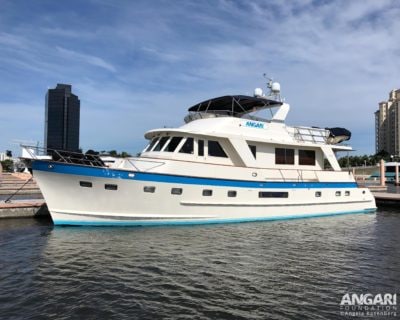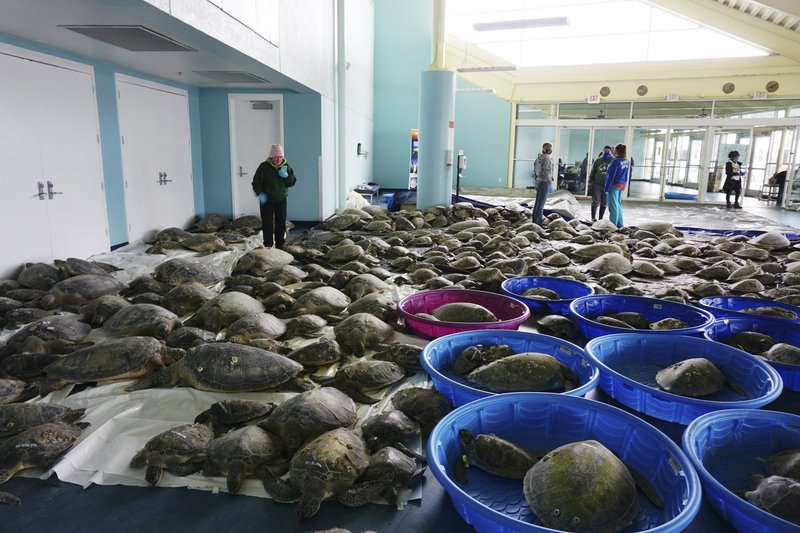Media Alert from Palm Beach County Department of Environmental Resources Management 📸: Day’s Edge Productions…

Uncovering an iconic shark’s secrets
Nova Southeastern University study [Frontiers in Marine Science] reveals that this nearly endangered hammerhead shark species migrates seasonally, like birds, and can help with sustainable management efforts to protect them.
Original Article Published on September 22, 2020
By: Melissa Cristina Márquez
📸: Mark Sampson
Hammerhead sharks are one of the easily identified sharks due to their oddly shaped heads. While it is astonishing to know there is one species in our oceans that looks so abnormal, there actually exist ten different hammerhead species! Many of these are severely overfished worldwide for their fins scientific data has been scarce – until now.
Thanks to a research team at Nova Southeastern University’s (NSU) Save Our Seas Foundation Shark Research Center and Guy Harvey Research Institute, the group is determining the migration patterns of smooth hammerhead sharks (Sphyrna zygaena) in the western Atlantic Ocean. A highly mobile species found worldwide in temperate and tropical waters, these active predators have been largely observed in shallow waters of up to 65 feet (20 meters) deep, but have been spotted even deep (up to 656 ft/200 m). A large species, they usually measure up to 11.5 ft (3.5 m) but have a maximum length of 14 ft (4.3 m). This particular hammerhead species is one of the least understood because of the difficulty in reliably finding them to allow for scientific study.
In collaboration with other institutions, the scientists attached satellite tags to juvenile smooth hammerhead sharks off the USA Mid-Atlantic coast and tracked them for a little over a year (up to 15 months). “Getting long-term tracks was instrumental in identifying not only clear seasonal travel patterns, but importantly, also the times and areas where the sharks were resident in between their migrations,” said Ryan Logan, Ph.D. student at NSU’s GHRI and SOSF SRC, and first author of the newly published research. “This study provides the first high resolution, long term view of the movement behaviors and habitats used by smooth hammerhead sharks – key information for targeting specific areas and times for management action to help build back this depleted species.”
Journal Article Citation: Logan RK, Vaudo JJ, Sousa LL, Sampson M, Wetherbee BM and Shivji MS (2020) Seasonal Movements and Habitat Use of Juvenile Smooth Hammerhead Sharks in the Western North Atlantic Ocean and Significance for Management. Front. Mar. Sci. 7:566364. doi: 10.3389/fmars.2020.566364

ANGARI Foundation Deep Dive featured articles share significant scientific research and marine science news of today. The Foundation operates the oceanographic research vessel R/V ANGARI for charter out of its home port in downtown West Palm Beach in Palm Beach County, Florida with the goal of advancing our understanding of the ocean environment and educating our community.



